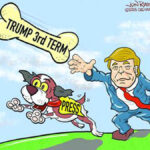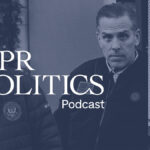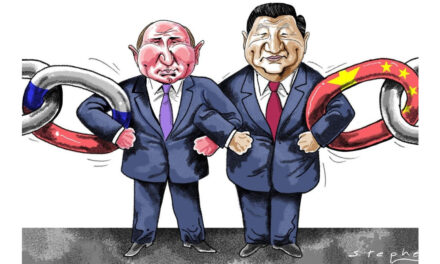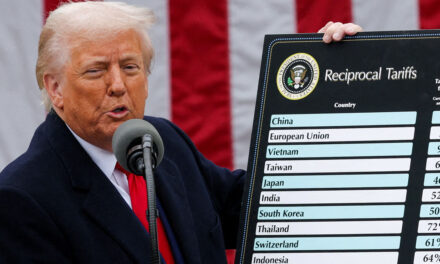
Why the U.S. Economy Will Stay Strong
Fear and extreme volatility have swung into the marketplace of late. President Trump is at the crux of several major issues, including tariffs and political drama in Washington. However, if consumer sentiment is any indicator, short-term financial growth will remain strong in the short term, as shown in the latest University of Michigan economic survey: 
A couple of things to note concerning this data. The Tax Cut and Jobs act are positively reflected in the March 2018 statistics. The base index of 100 (1966) rose from both prior years (+5.3%) and from February 2018 to March 2018 (+2.3%). This translates to a higher consumer net worth, especially to those in the lower quartile, thus improving an individual’s balance sheet. Income statement cash on hand has also increased as a result of
the above-mentioned Tax Cut. 
As shown in the University of Michigan chart above, consumers recorded an all-time high economic assessment that hasn’t been seen since 2004 data. Several factors play into this. The Atlanta Federal Reserve has continued to notch back first quarter GDP from 3.5% to 1.8%, based on modest consumer spending in the first part of 2018. This deviates from the University of Michigan data that shows that consumers are adjusting their expectations to the latest macroeconomic policy. One in five individuals are concerned about the effect of Tax Cuts and tariffs, and plan to adjust their personal finances accordingly. In addition, the perception that interest rates will rise is increasing the current consumption of interest-sensitive assets, such as homes, cars and equities. As such, this current robust situation may slow somewhat in the next quarter, as suggested by the University of Michigan’s chief economist, Richard Curtin. With consumer sentiment high (chart below) and individual balance sheets healthy, one might expect that the Fed will indeed proceed down their predicted bath of raising interest rates, as early perhaps as there next FOMC meeting on May 1st and 2nd. Many economists agree that GDP is growing beyond the Feds estimates. 
The outlook for the individual U.S. consumer looks positive. Pushing this wave is, among other things, strong employment growth, an appropriate amount of disposable income, a very high relative net worth and confidence in the economy that hasn’t been seen since 2004. One additional piece to the puzzle is the rate of decrease in the numbers of mergers and acquisitions. The late 1990’s and the year 2007 showed that this number was a leading indicator of tops in the equities markets, which in turn led to recessionary economic environments. This time around it appears that the Fed’s monetary policy will be more accommodating, as the upcoming tightening is more aligned with the Fed’s phases of increasing rates. If this does prove to be the case, it would appear that being biased more towards equities than towards bonds would be the natural assumption.

























Frank and Mike covered the main points. Larry, of what use is backing someone's economic policy in part when the…
I agree Seth: NOT MAGA! heh, heh. perspective, it's a bootiful thing.
Not MAGA.
Yup, Larry, you got me although you really didn't have to be such a dick about it. I just read…
Larry, Before you open your mouth again (and continue to make yourself look foolish), I suggest you educate yourself on…